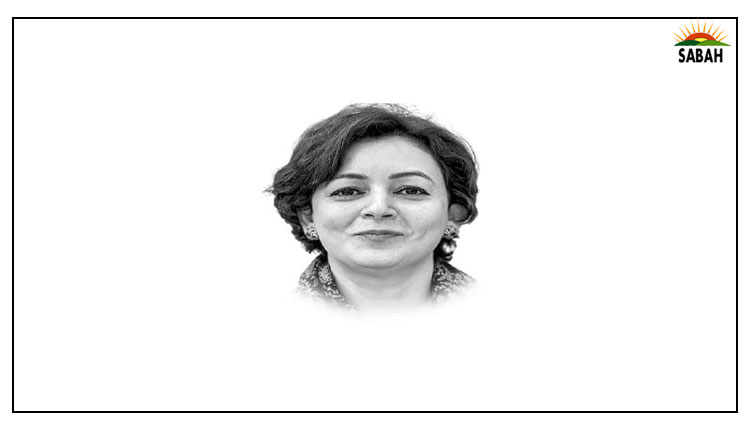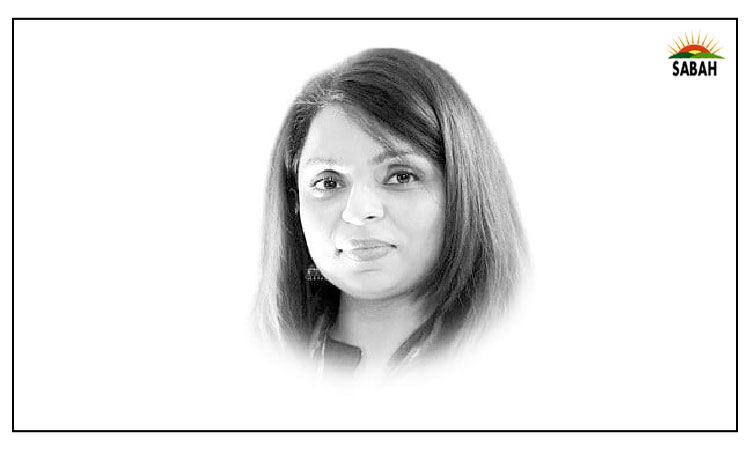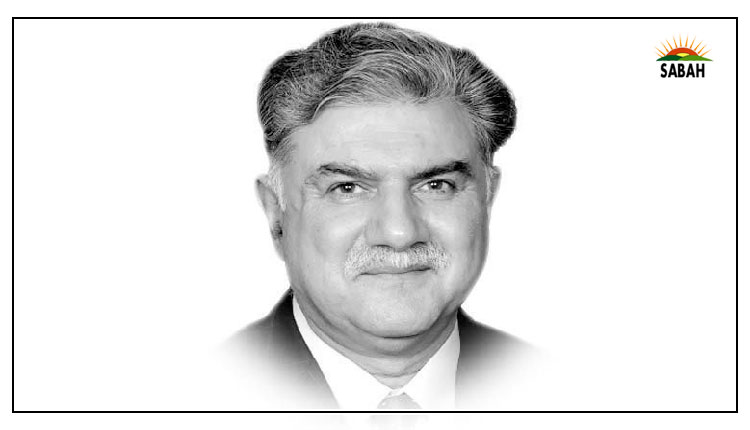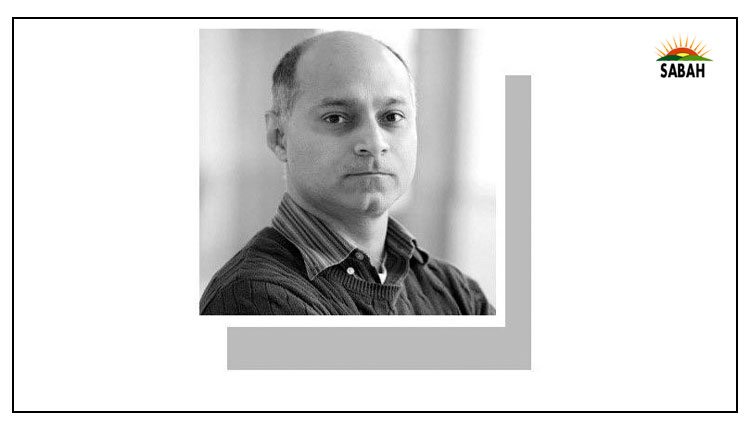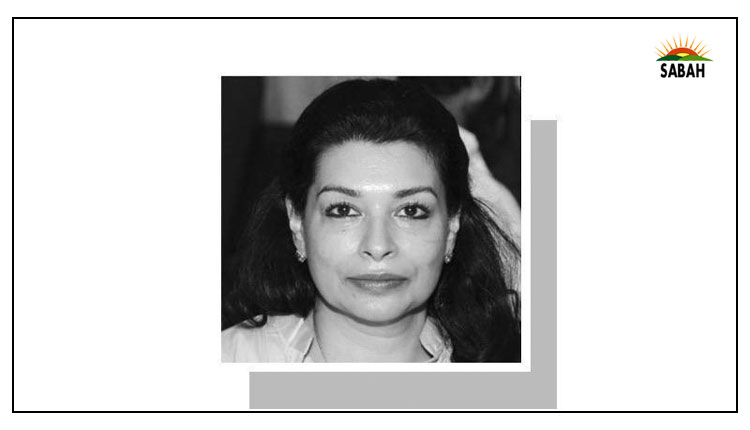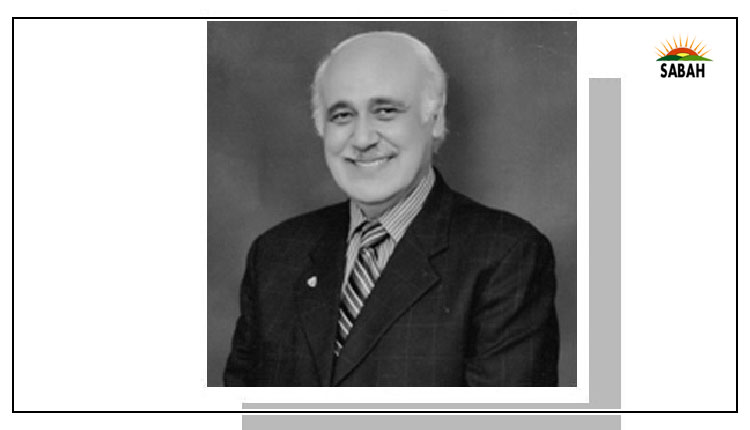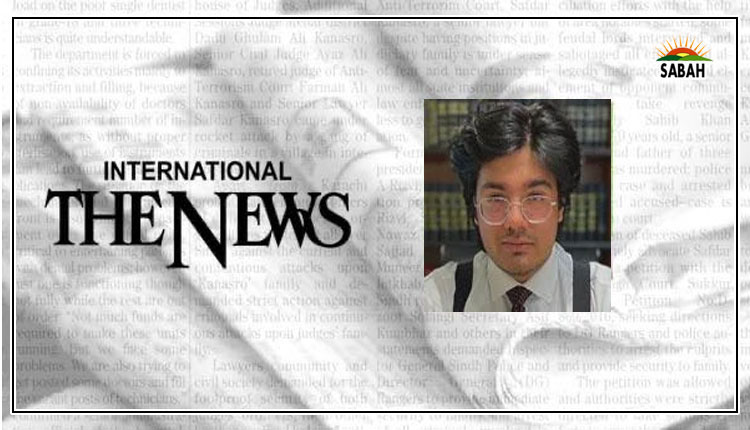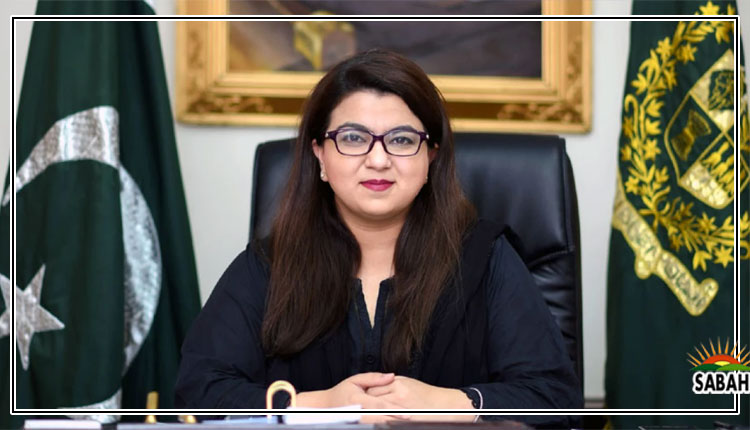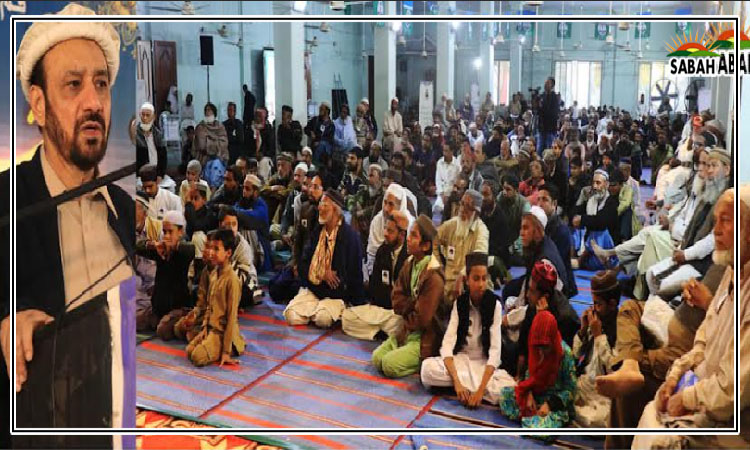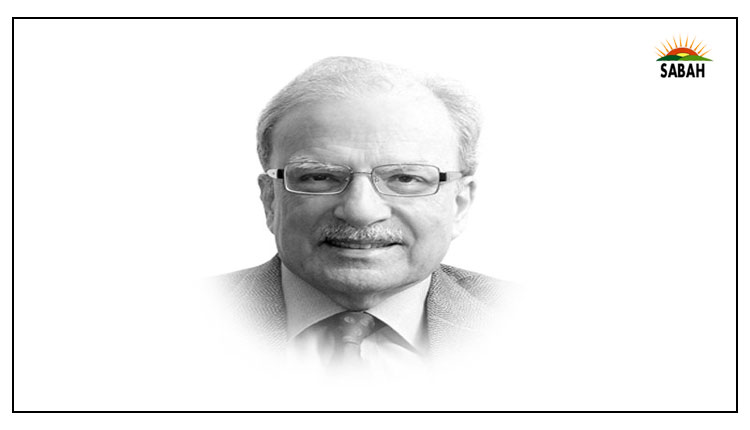Bharat and the idea of India… Shahid Javed Burki
This is the second of the two articles on the presence of the Indian diaspora in the United States and how it could affect relations between the two countries. An Indian commentator who liked my first article pointed out that I had left out several prominent Indian names from the short list I had included in the write-up. These people had climbed to high positions on the American economic and political ladders. He suggested that I should have included in my short list the people of Indian origin who are now members of the United States House of Representatives. But the aim of my analysis was to suggest that the growing Indian community in the United States should put some pressure on the government in New Delhi now headed by Prime Minister Narendra Modi to bring his country back to the attractive course of development it had been following for several decades before his political rise.
The current prime minister has departed in several significant ways from what the prominent Indian historian Sunil Khilnani termed the “idea of India” that he developed in his 1979 book with that as the title. He argued that politics more than culture and religious chauvinism had shaped India in the decades that followed the departure of the British in 1947 from their large Indian colony. Khilnani built his case on the extreme diversity that marked the Indian society. The country had followers of several large religions – Hinduism, Islam and Sikhism among them. Although Hindi was the official language, it was not spoken or understood by all 1.4 billion Indians. In fact, English was the common language of discourse among the more educated people in the Indian society. The Hindu society was split into several castes. Those in the lower rungs of the caste ladder could not easily climb to higher levels. With such diversity, Khilnani argued that the country’s very existence would be threatened if it did not adopt inclusive systems.
It is of some significance that the author of the Indian Constitution, Bhimrao Ramji Ambedkar, was a low-caste Hindu who based his draft on inclusivity, providing for the support of the state for those who were socially and economically less privileged. This was the idea of India followed diligently by Jawaharlal Nehru, a Brahmin of Kashmiri origin, who governed India as its prime minister for 17 years. That was from the time of the country’s birth as an independent state to his death in 1974. He created space the country’s diverse people needed, getting them to participate in the economic, social and political life of the country. He followed, in other words, Khilnani’s “idea of India”.
Nehru’s successors followed the first prime minister’s way of governance. This was the case in particular for Manmohan Singh, a Cambridge University educated economist, who worked outside India for a number of years. Singh, who I got to know well, was India’s prime minister for ten years, from 2004 to 2014. In one of the several meetings I had with him when he was prime minister, he said that he had a strong desire to work closely with Pakistan, something he had indicated to President General Pervez Musharraf.
However, Narendra Modi became prime minister in 2014 and took India in a different direction. Before moving to New Delhi, he had served as the chief minister of the western state of Gujarat that has a fairly large Muslim population. Muslims had been subjected to considerable harassment. One incident left a couple of thousand Muslims dead in attacks by Hindu mobs while Chief Minister Modi looked the other way.
While rising in the political system of Gujarat state, Modi became an active member of Rashtriya Sevak Sangh, the RSS, which has a political arm called the Bharatiya Janata Party, the BJP. Modi fought the general election of 2014 as president of the BJP which won enough seats in Lok Sabha, the lower house of the Indian parliament, to form a government without the need for working with smaller parties. Modi became the country’s prime minister. He and his party won again in the elections of 2019 but performed relatively poorly in the 2024 poll.
During the latter part of his tenure, Modi and the BJP moved to the extreme right of the Indian political spectrum. They adopted Hindutva as the governing philosophy. Modi has begun to call the country he leads “Bharat” rather than India. The move was directed in particular in reducing the large Muslim minority to a secondary status in the Indian political system. This is the approach being followed in Uttar Pradesh, India’s largest state, with 241 million people and a significant Muslim population. Muslims, with 38 million people, make up 16 per cent of the population. The state is led as its chief minister, Yogi Adityanath, a former Hindu priest who continues to wear the monk-attire in office and in official functions.
The foregoing analysis leads me to the following question: Could the powerful Indian diaspora in the United States help bring India back to its original path of inclusive development and political management? My answer is yes. Narendra Modi has repeatedly shown interest in listening to and working with the prominent members of the diaspora. He asked its members to organise the 2019 gathering of US-resident Indians at Houston, a large city in the state of Texas. The rally was addressed by Modi as well as the then President Donald Trump. The American president was touched by the rousing reception he received from the 50,000 people at the rally.
The experience led to Trump developing a close relationship with the Indian prime minister. In 2023, Modi was invited to a state visit to the United States and was given a state dinner at the White House. Included in the guest list were several leaders of the Indian diaspora. Trump then went on to work with Modi and India to become his country’s partner in its effort to contain the rise of China.
The message the diaspora leaders need to give to Modi is that his openly expressed ambition to become a prominent player on the world stage would not be realised if, under his leadership, India becomes an extremist and authoritarian state. India needs to pull back to the time when it practised inclusive policies aimed at all segments of the large and diverse Indian society. It is likely that such a message coming from the Indian diaspora in the United States would have the needed impact.
Courtesy The Express Tribune


